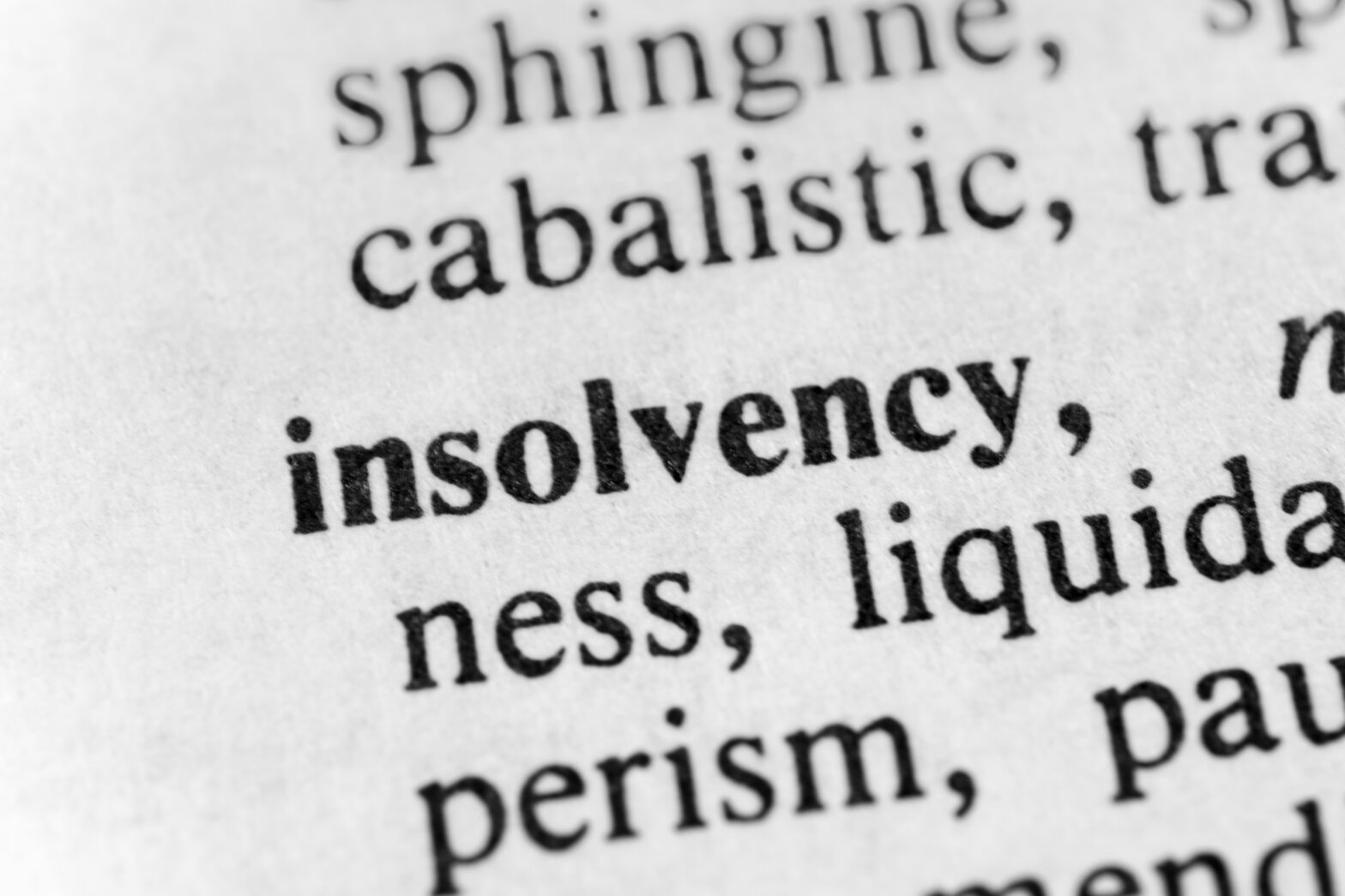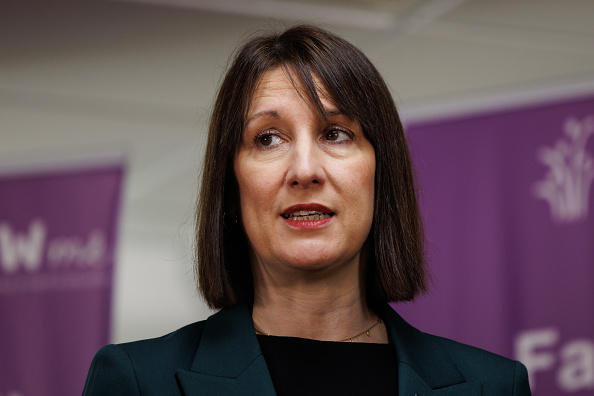Company insolvencies rose sharply in England and Wales during Q2, according to the latest figures from the Insolvency Service.
Between April 1 and April 30 2022, there were 5,629 company insolvencies, up 13 per cent on the previous three months and 81 per cent higher than in the same quarter last year.
Among those insolvencies, voluntary liquidations reached their highest quarterly level since 1960. Creditors’ voluntary liquidations reached 4,908 in the second quarter of 2022, the highest since 1960, when the Insolvency Service started collecting such data. One in every 228 companies entered liquidation in the last year.
The three industries that were particularly impacted were retail, hospitality and construction.
This is due to inflation and other pressures but there was a sharp rise in insolvencies due to Covid support ending in 2021 along with restrictions on certain winding-up petitions leading to compulsory liquidations and eviction from commercial landlords.
Official data shows that the prices of materials bought by businesses rose by 24 per cent in June, the highest since records began in 1985. Economic growth is slowing thanks to inflation and consumer confidence stands at a new low. Supply and staff shortages have been a problem too.
Claire Burden, partner in the advisory team at Evelyn Partners, said: “Now that the government’s measures to support businesses have ended, it is more important than ever for directors to get help as early as possible to increase the likelihood of a rescue before it is too late. For any directors who are worried about the financial position of their business, we recommend seeking professional advice as early as possible. The earlier that advice is sought then the greater number of options there will be for the business.
Colin Haig is head of restructuring at Azets, believes new restructuring procedures introduced under the Corporate Insolvency and Governance Act 2020 (CIGA 2020) can present much better outcomes amid a growing number of liquidations.
He said: “Government insolvency statistics published over the past six months show liquidations peaking and almost no company voluntary arrangements (CVAs) – and very few administrations. This is not good as liquidations are an end-of-life process.
“Most at-risk are businesses that are extensively geared or have fixed rate deals coming to an end, with protective Covid measures being withdrawn coupled with the increased cost-of-living and ongoing supply chain issues slowing economic recovery. It’s also apparent the investor community is becoming more cautious.”
Read more
Why the Government’s new insolvency bill is bad news for sole traders





